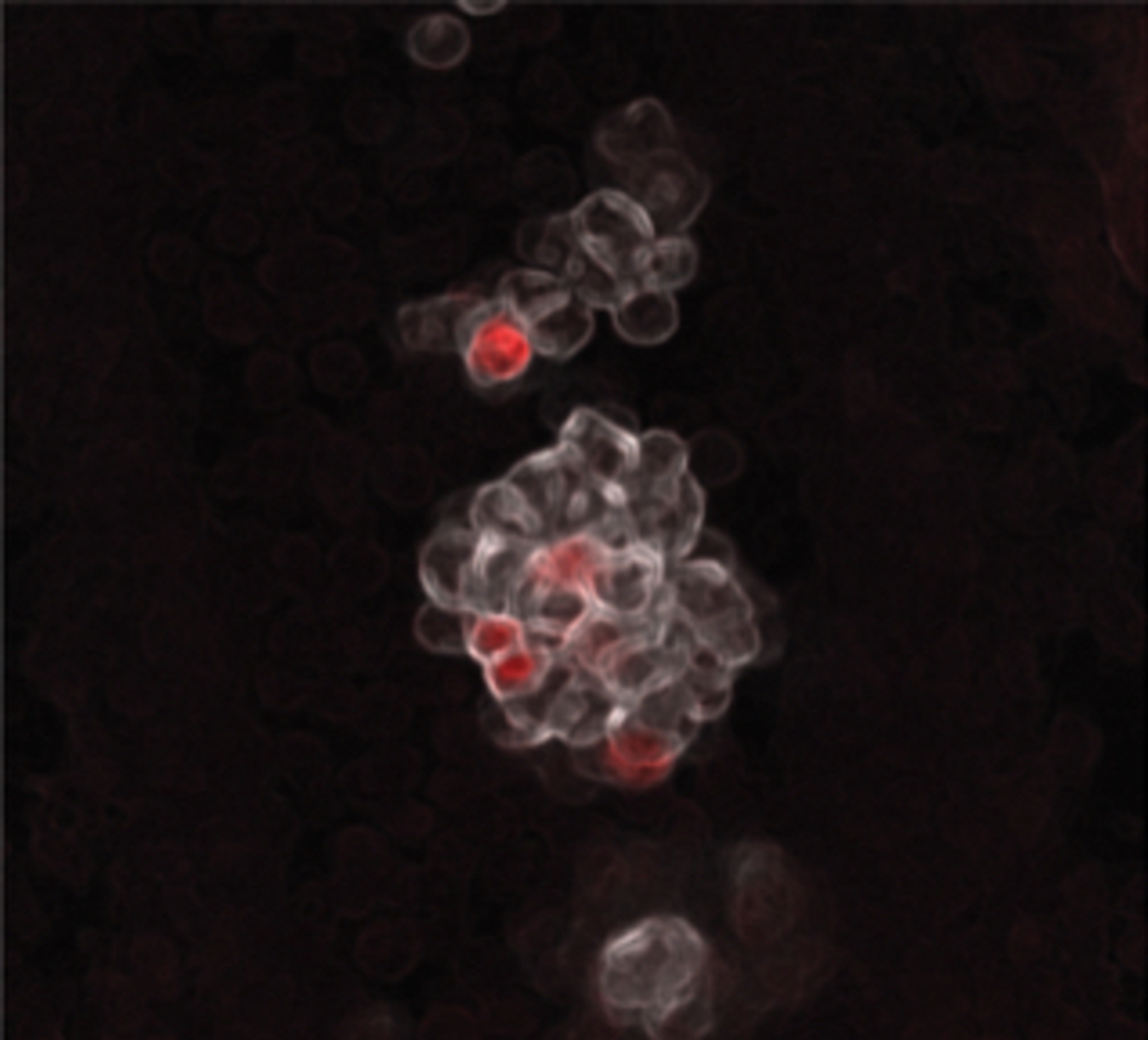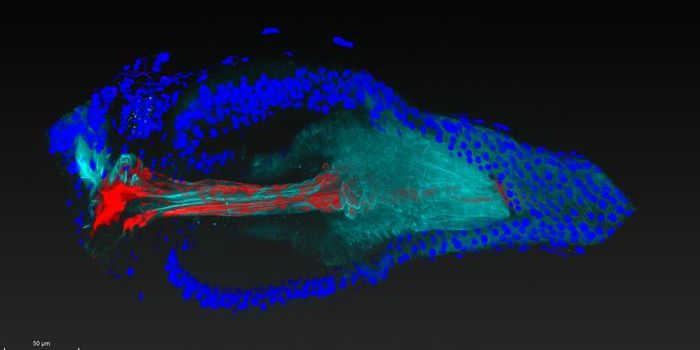Rethinking What We Know About Blood Cell Formation
Hematopoiesis is a process which generates the cells that are found in the blood. It's long been thought that hematopoietic stem cells (HSCs) that are found in bone marrow give rise to all blood cells. New research has challenged that notion, however, and may upend what we thought we knew about blood cell formation. The work, which has been reported in Nature, suggested that blood cells actually come from two types of progenitor cells, and not only HSCs. The findings could have implications in a variety of fields including immunology, bone marrow transplants, and blood cancers.
It's been thought ".. that most of our blood comes from a very small number of cells that eventually become blood stem cells, also known as hematopoietic stem cells," said study leader Fernando Camargo, Ph.D., a professor at Harvard University among other appointments. "We were surprised to find another group of progenitor cells that do not come from stem cells."
The other group of cells are a type of embryonic multipotent progenitor cells (eMPPs). Camargo explained that these cells produce "most of the blood in fetal life until young adulthood, and then gradually start decreasing."
This study utilized a mouse model, so the researchers are now determining whether this holds true for people too. The mouse model was created a few years ago using CRISPR or transposase gene editing, which inserted unique genetic sequences into cells in early life so that all cells descended from them could be identified and tracked by those sequences; they acted as a kind of bar code. The researchers tracked blood cells back to their origins, and could do so even in adult mice.
The researchers were able to study these mice over long periods of time, leading to the discovery. This work was made possibly by new technologies, noted Camargo, who added that "... the idea that stem cells give rise to all the blood cells was so embedded in the field that no one attempted to question it."
The barcoding in the cells revealed that eMPPs also produce more immune-related lymphoid cells than blood stem cells do. Camargo suggested that the immune system weakens as people age because of the decline in eMPPs.
"We're now trying to understand why these cells peter out in middle age, which could potentially allow us to manipulate them with the goal of rejuvenating the immune system," said Camargo. It may be possible to boost the immune system by lengthening the life of eMPPs.
This research may also improve bone marrow transplants. The scientists also determined that when bone marrow transplants are performed in mice, the eMPPs only survived for a few weeks after the procedure. Camargo noted that eMPPs might improve bone marrow transplants if a few genes are added that enable them to survive over a long period of time.
Camargo also suggested that eMPPS may be related to blood cancers like myeloid leukemias. "We are following up to try to understand the consequences of mutations that lead to leukemia by looking at their effects in both blood stem cells and eMPPs in mice," he said.
Sources: Children's Hospital Boston, Nature









